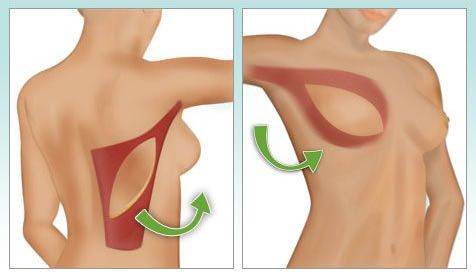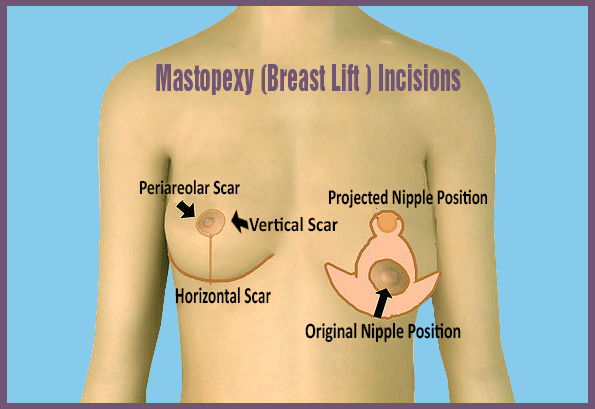India is an emerging market for cosmetic surgery; it benefits healthcare as well as hospitality industry as it helps bringing in tourists who combine the need to improve their looks with travel. Breast reduction, technically known as reduction mammoplasty, is one such cosmetic surgery that is gaining popularity.
Women with very large, pendulous breasts sometimes experience medical issues due to the excessive weight. The most common medical problems are back and neck pain, skin irritation, skeletal deformities, breathing problems and indentations in the shoulders from bra straps. The surgery is for women who have large breasts and want to resolve one or more problems associated with it. Here are a few answers that help you decide whether you are the right candidate for the procedure.

What is Breast Reduction Surgery?
It is a surgical procedure that removes fat, glandular tissue, and skin from the breasts. As a result the breasts are smaller, lighter, and firmer. The size of the areola, the darker skin surrounding the nipple, can also be reduced during the surgery. The ultimate aim is to decrease the size of the breasts to make them proportionate with the rest of the body. The surgery is not age specific; however, it is advised to wait until early 20s to make sure that the breasts have developed fully and minimize the chances of a further surgery in the future if the breasts were to grow in size again.
How is the surgery performed?
There are quite a few techniques for breast reduction surgery; however, the most common one is in which an anchor-shaped incision that circles the areola is made. It extends downward and follows the natural curve of the crease beneath the breast. The excess glandular tissue, fat, and skin is then removed and the nipple and areola are moved to their new position. Only in extreme cases the nipples and areolas may have to be completely removed and grafted into a higher position. If only the fat needs to be removed and there is no need of reshaping and removal of skin, liposuction alone can be used to reduce the breast size; it leaves minimal scars. Like any other surgery, it takes time to get used to the change and post-operative care is essential. There will be some pain and discomfort for some time.

Is the surgery expensive?
The cost for breast reduction surgery is quite low in India as compared to the western countries. Although significant cost difference exists, India has some state of the art techniques in corrective procedures and there is a talent pool of qualified breast reduction surgeons. In addition, complete privacy is practiced and unlike western countries, there is almost no waiting line. Plastic surgeries are generally not covered undermedical insurance. However, some insurance companies might consider it in case the surgery is performed due to medical reasons. If that is the case with you, check with your insurance company beforehand and with sufficient documentation, you might be able to pay for the procedure through insurance.
Therefore, if you experience chronic back, neck and shoulder pain, poor posture, skin rashes under the breasts, restricted levels of activity, self-esteem problems, and difficulty wearing or fitting into certain bras and clothing breast reduction is the solution for you. In addition to resolving the medical issues, the surgery also enhances the appearance and boosts the confidence as some women are uncomfortable and self-conscious with the unwanted attention they get due to their large breast size. Thus, it is considered one of the most patient pleasing surgeries. As with any surgery, there is a risk involved with breast reduction as well. Make sure to research well and consult with an experienced doctor before going in for the surgery and ‘getting it off your chest’.



